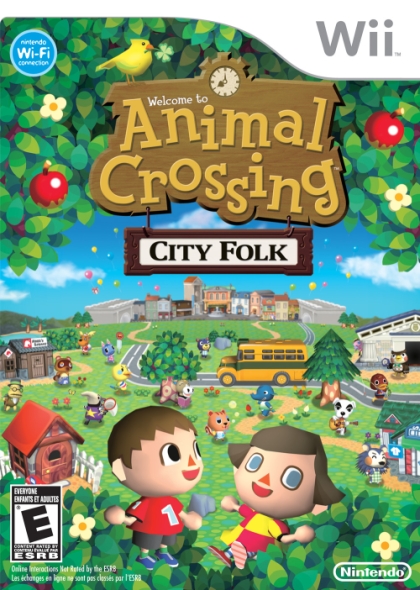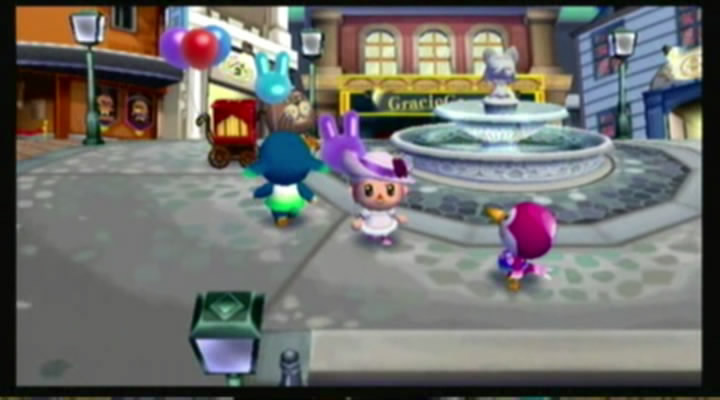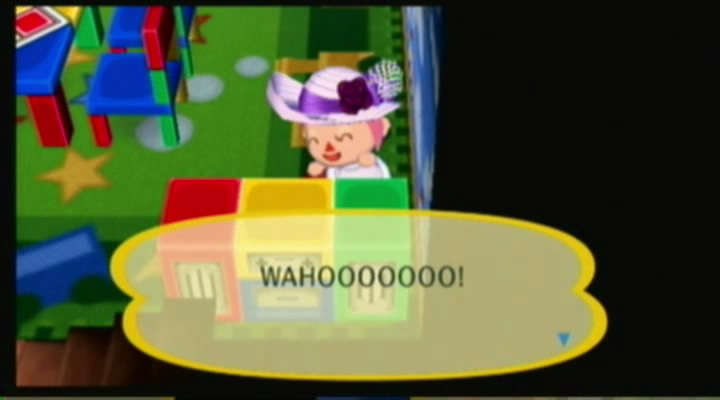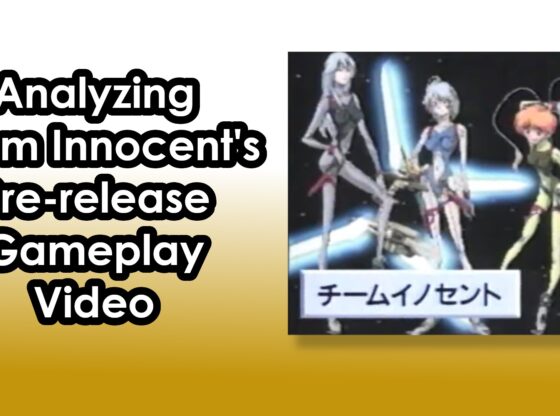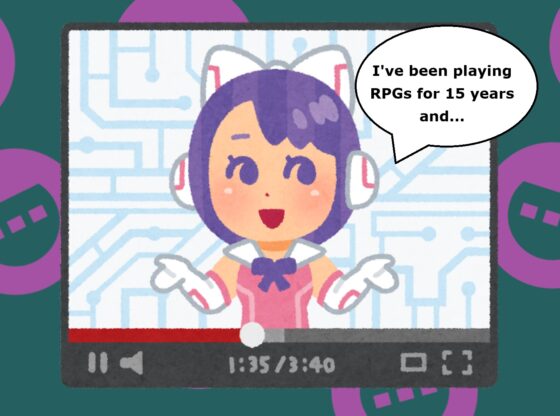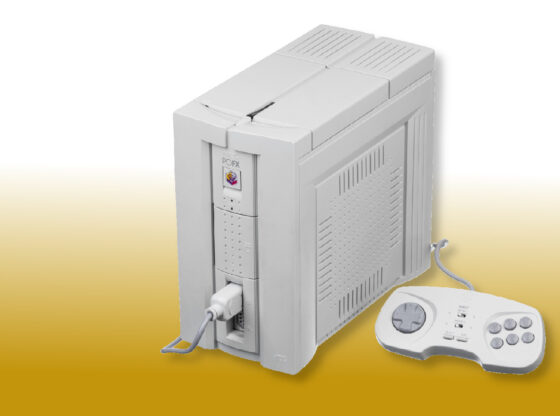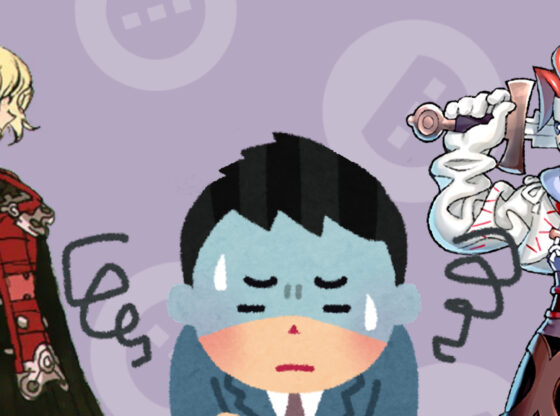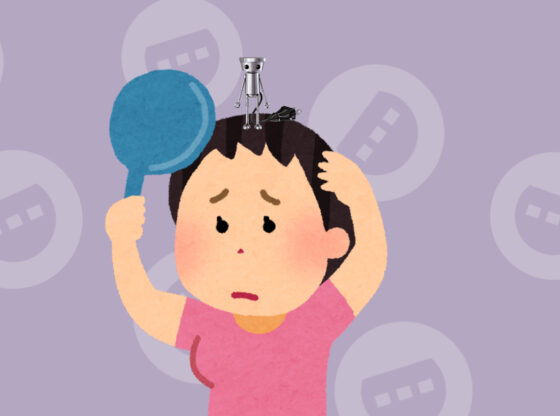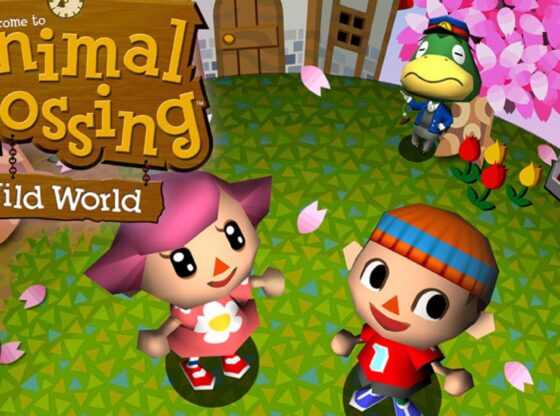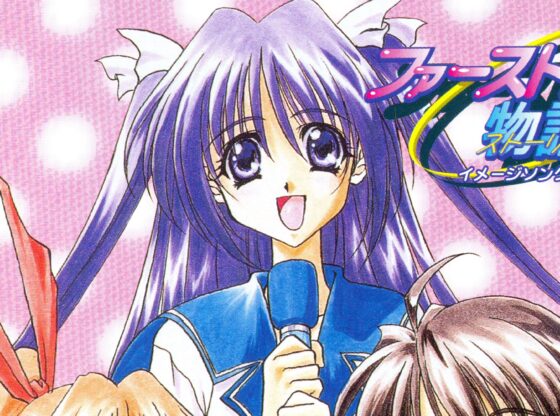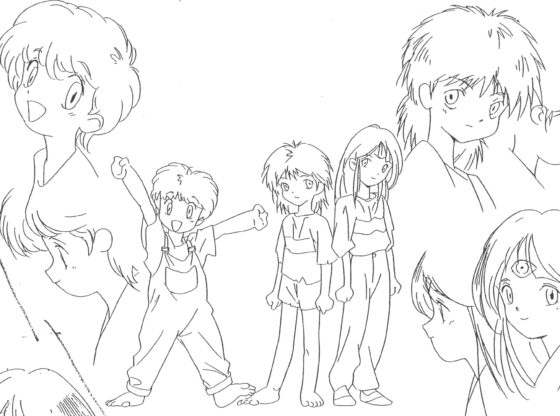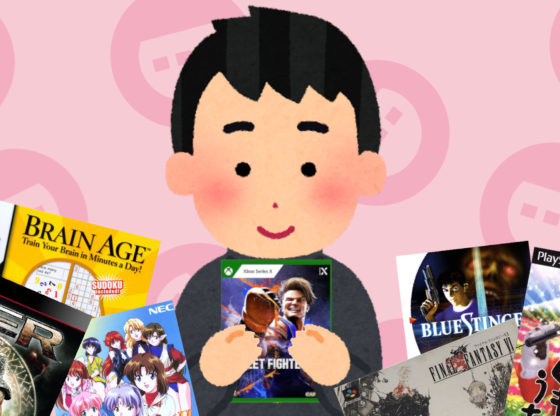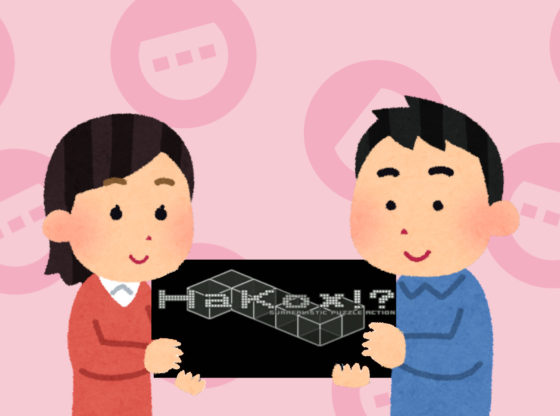Originally posted on ClassicGameRoom’s Website
The original Animal Crossing launched in Japan way back in 2001, helping popularize the life simulation genre along side The Sims. Both series are now on their third entry, but the Sims 3 went far beyond what the Sims 2 ever did. Animal Crossing’s third outing, Animal Crossing: City Folk or Let’s Go to the City if you live in Europe, on the surface looks identical to past entries. But does the title hold any secrets to differentiate itself?
If you have played an Animal Crossing title before then the premise should be familiar. You are moving out on your own for the very first time, or third time rather. The town, which you can name, holds many different residents who are animals. Much like the past titles, everything moves in real time, so every day in Animal Crossing is a day in real life. Whether or not you play that day, something happens on Animal Crossing. Many of the holidays, which were oddly absent from the DS release, have been re-added, although with a few alterations. For example, “Present Day” is on December 24th.
You get your very own house in town that you can upgrade to larger sizes and decorate with furniture. As in Animal Crossing: Wild World, you can dress up your character with hats, masks and shirts. You can also customize your town a little bit by planting trees and flowers, and eventually building a bridge and a lighthouse.
All of these, of course, cost money, and Animal Crossing: City Folk has plenty of ways to earn it. Selling fruit, fish, insects, and other items are definitely the most effective ways to earn money, along with finding pocket change in trees or under rocks. Once you’re done grinding money, you can focus on collecting fish, insects, and fossils for the museum, which can take legitimate players an entire year to complete as the bugs and fish change with each season. Of course this can be done much faster if you abuse the Wii’s internal clock.
So far this should sound very familiar to Animal Crossing veterans. The basic concept hasn’t changed but there are a lot of minor differences, the biggest of which is the inclusion of the city. Unfortunately, the city isn’t anything entirely new. It basically acts as a hub for about ten shops where characters like Redd the Fox, who runs the black market, Katrina, a fortune teller, and other event characters from the past games setup shop.
These characters’ permanent availability take a bit away from the ‘something is going on everyday’ mentality of the past titles, but on the bright side it is rather convenient to have access to their services at any time. This is especially helpful if you don’t plan on playing consistently. Aside from the city, other minor changes include more detailed patterns for clothing designs, the ability to easily swap between equipment using the D-pad, the return of some older characters from the original Animal Crossing and other small changes. New furniture and clothing have been added, but not nearly enough. It seems like almost 95% of the furniture is reused from the past entries.
Key phrases in this review are “like past entries” and “minor changes.” Overall Animal Crossing: City Folk does little to improve the Animal Crossing formula. There are minor changes here and there but essentially the title is the DS game brought over to the Wii. That doesn’t make Animal Crossing City Folk a bad game, but it does fail to move the series beyond where it currently stands. If you played Wild World on the Nintendo DS and are looking for something more, you should definitely look elsewhere. If you have yet to play Animal Crossing or maybe only played the Gamecube release, it’s worth a look. The title is a part of the Nintendo Selects line-up on Wii, so you can find the title for $19.99. But if you look hard enough, you can find it for even less.

